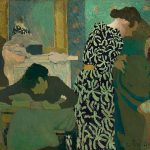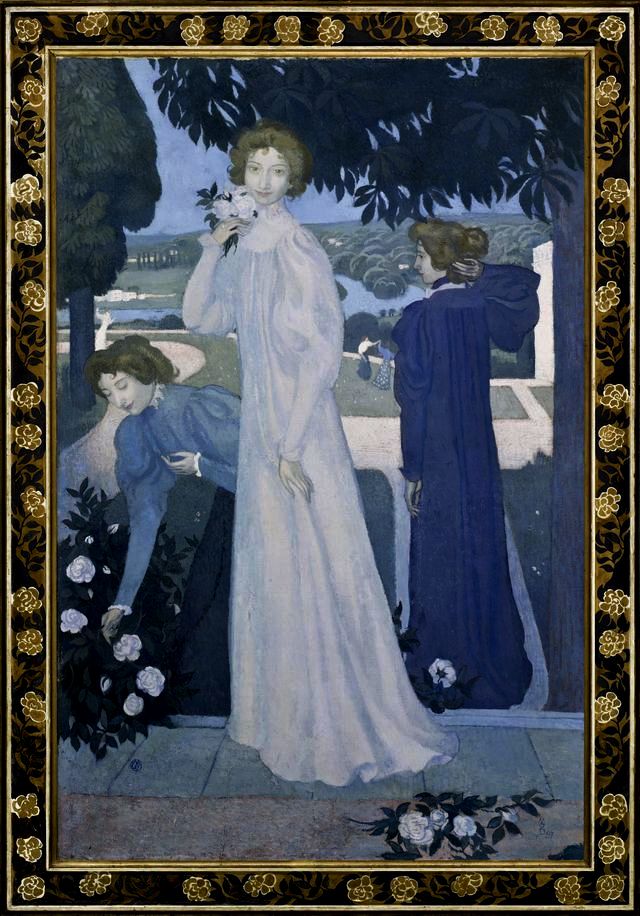
Maurice Denis, born on November 25, 1870, in Granville, Normandy, France, and passing away on November 13, 1943, in Paris, was a significant figure in the transition from Impressionism to modern art, playing a crucial role in the development of the Symbolist movement and the Nabis group. Denis was not just an artist but also a theorist, critic, and historian, whose writings and artworks profoundly influenced the trajectory of French art at the turn of the century.
Denis’s early work was marked by a break from the naturalistic depictions of Impressionism, moving towards more abstract and symbolic representations. He famously declared in 1890, “It is well to remember that a picture—before being a warhorse, a nude, or some anecdote—is essentially a flat surface covered with colors assembled in a certain order.” This statement encapsulated the essence of his artistic philosophy, emphasizing the importance of form and color over representational accuracy, and laid the groundwork for the development of modern art.
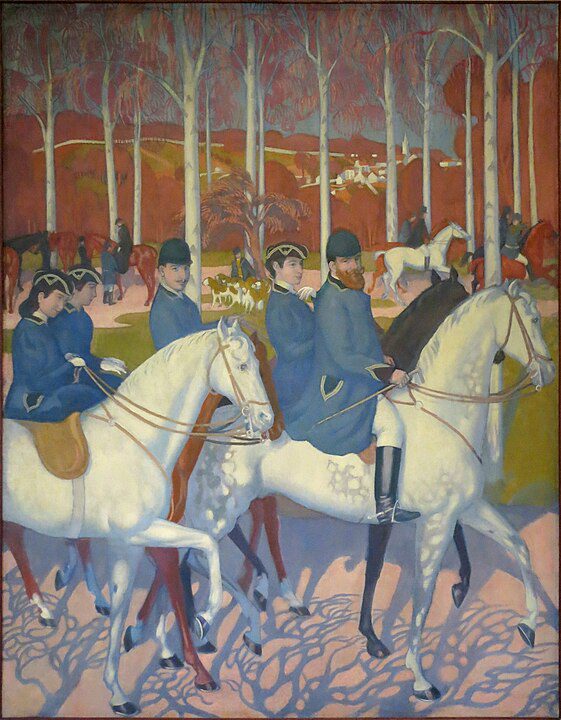
As a founding member of the Nabis, a group of artists inspired by Paul Gauguin’s synthetism and Symbolism, Denis contributed to the movement’s exploration of spirituality, the simplification of forms, and the use of color to evoke emotional resonance. The Nabis sought to break down the barriers between the fine and decorative arts, incorporating their aesthetic into painting, illustration, theater design, and interior decoration.
Serene & Mystical
Denis’s work is characterized by its serene and mystical quality, often incorporating religious themes and imagery. His paintings, such as “April” (1892) and “The Muses” (1893), reflect his interest in creating art that transcends the material world to express deeper spiritual truths. This spiritual dimension was not only a personal quest but also a reaction against the materialism and industrialization of the late 19th century.
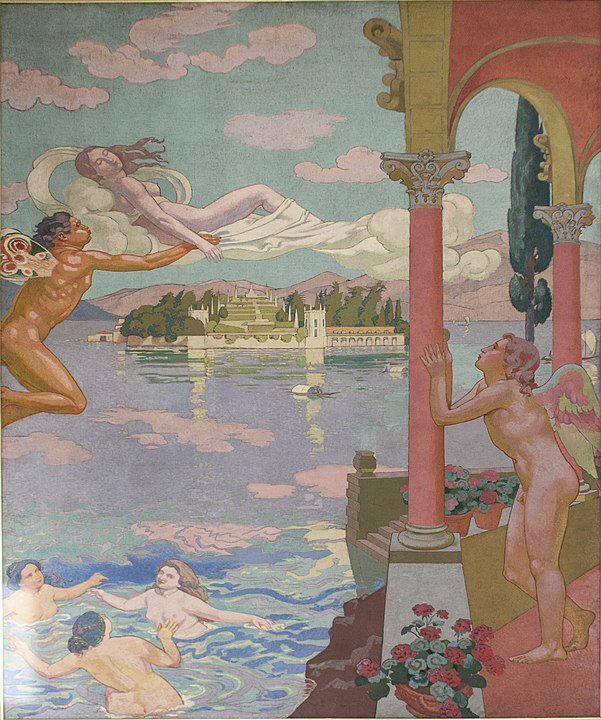
Throughout his career, Denis remained committed to the idea of art as a harmonious blend of beauty and spirituality. He was a prolific artist, producing a vast body of work that included murals, easel paintings, illustrations, and decorative works. His theoretical writings, particularly “Theories 1890–1910,” were influential in articulating the principles of Symbolism and early modernism, guiding younger artists in their exploration of new aesthetic territories.
Religious Art
Denis’s impact extended beyond his own artistic production. He played a significant role in the revival of religious art in France, advocating for the integration of contemporary styles into traditional religious themes and spaces. His efforts to bridge the gap between sacred and secular art reflected his broader vision of a society where art played a central role in everyday life and spiritual development.
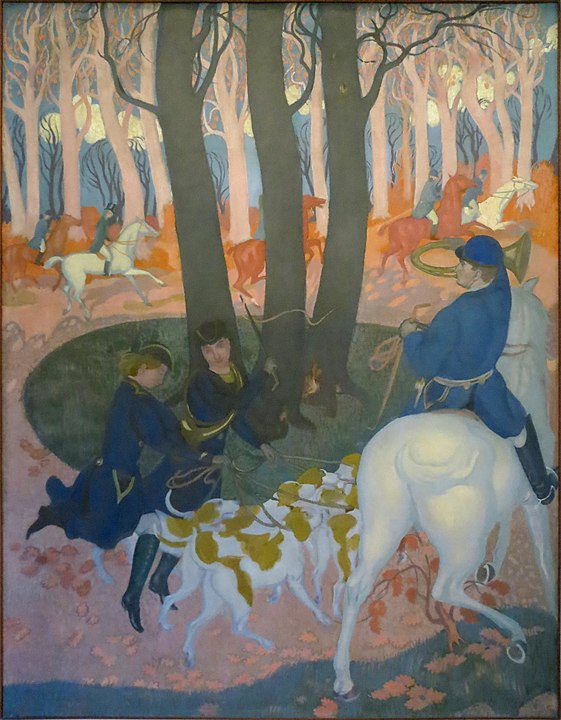
Despite the shifts in artistic trends throughout the 20th century, Denis’s legacy endures through his contributions to the theory and practice of art. His work and writings continue to be studied for their insight into the evolution of modern art and their embodiment of the search for a synthesis between the visible world and the inner spiritual life. Maurice Denis remains a pivotal figure in the history of French art, celebrated for his commitment to an art that is both visually compelling and deeply imbued with spiritual significance.


